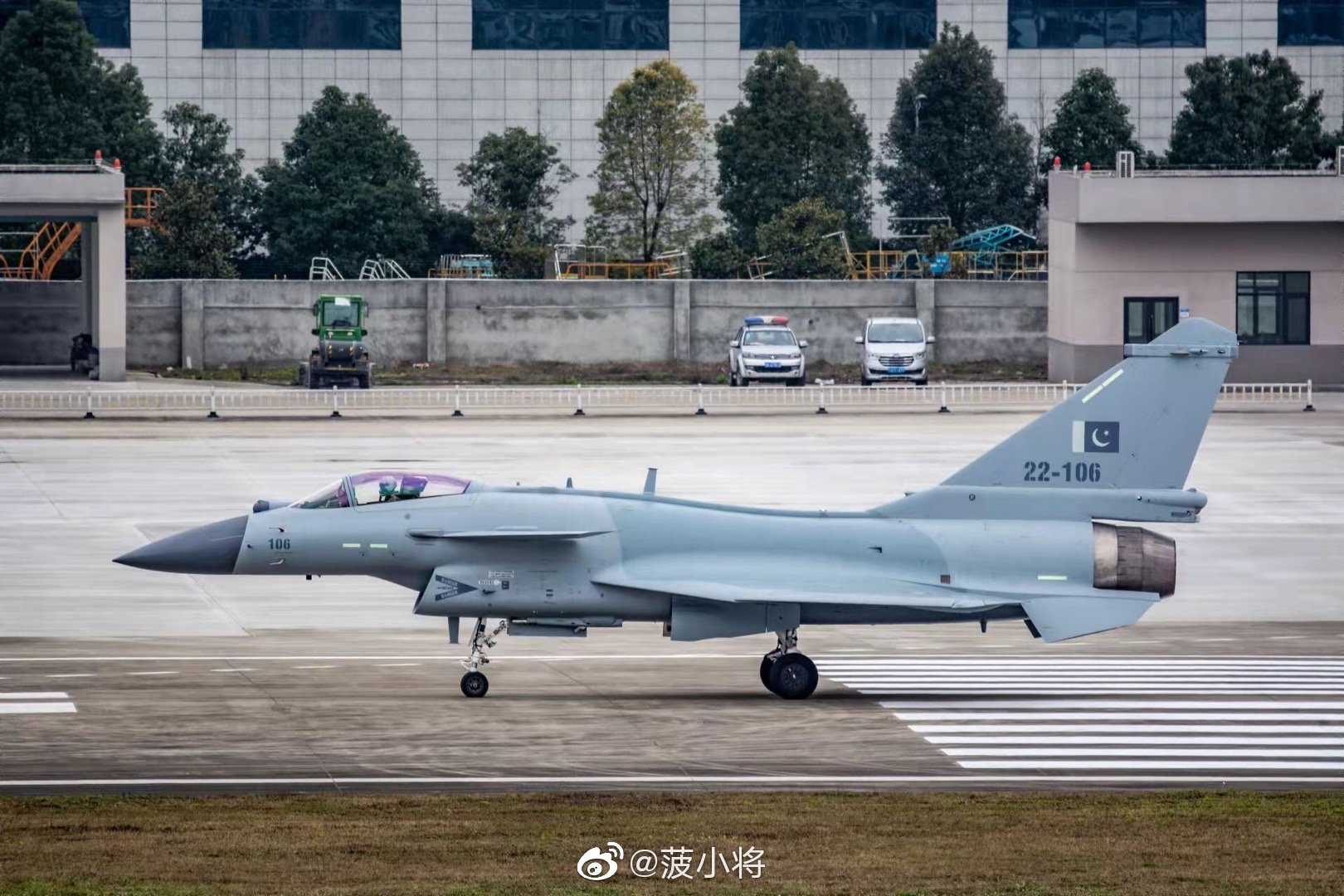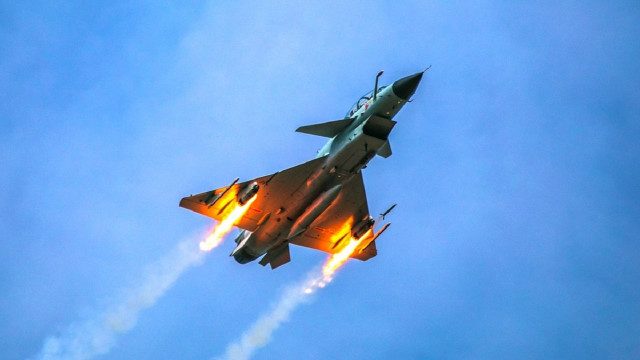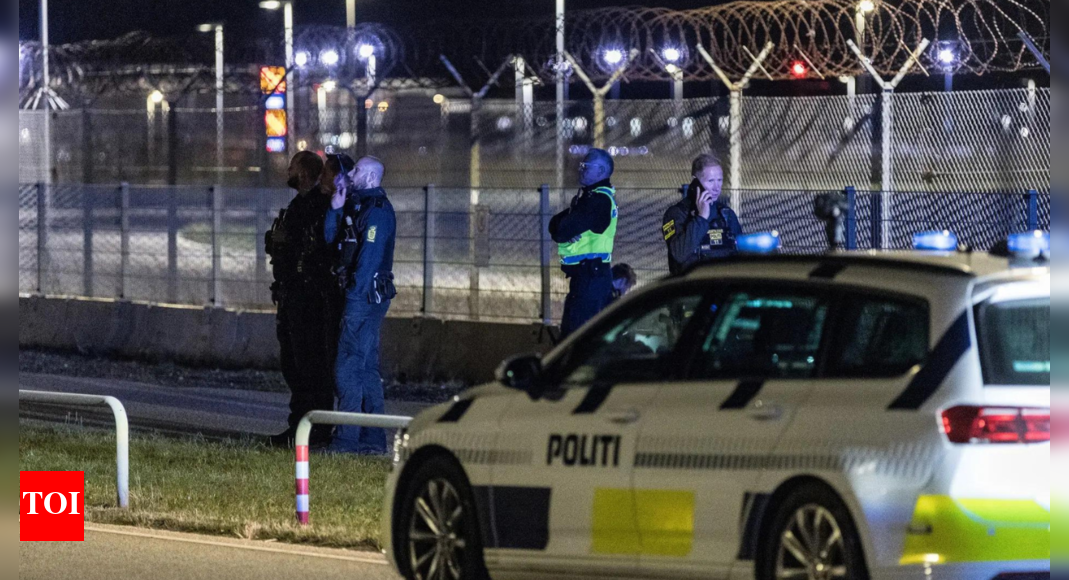Since India launched ‘Operation Sindoor’ on May 7 and attacked the terror camps inside Pakistan, Islamabad claimed shooting down multiple Indian fighter jets, including Rafale, using China-supplied J-10C fighter jets. While unverified, the claims could have rattled Taiwan, which lives under the shadow of a potential Chinese invasion.
Pakistan claimed it had downed five Indian fighter jets over Kashmir and other regions, including the cutting-edge 4.5th-generation Rafale operated by the Indian Air Force (IAF).
An unidentified high-ranking French intelligence official earlier told CNN that Pakistan downed at least one Indian Rafale fighter. Following that, two US officials told Reuters that a Chinese-origin Pakistani combat aircraft had shot down at least two Indian warplanes.
Many other media outlets appear to be backing the claims. Even a top IAF official, during a press brief on 11th May, said losses are part of combat operations without going much into details.
This clearly benefits China, with Chinese military experts claiming that their advanced platforms with cutting-edge weaponry like J-10 and PL-15 missiles have a technological edge over Indian Rafales.
Many countries must have been keenly watching the clashes in South Asia, primarily to assess the efficacy of the Chinese-origin equipment deployed by Pakistan. This includes countries that view China as an immediate threat, with Taiwan likely topping the list.
Chinese Netizens Say Taiwan Is Rattled
Chinese military bloggers claimed that retired Taiwanese Navy Captain Lu Lishi presented images of an aircraft wreckage allegedly found in Punjab, India, in a political commentary program.
The report claimed that the retired official then used the images and publicly available data to assess whether it was indeed a French-origin Rafale.
The same article cited retired Lieutenant General Shuai Huamin of the Taiwanese Army as saying that IAF fighters like the MiG-29, Su-30, and Rafale were more advanced than the Mirage 2000 operated by the Taiwanese Air Force.
“The Taiwanese Air Force must be vigilant because Rafale is the follow-up model of the current Mirage 2000,” he was quoted as saying at a program of Zhongtian News Station.
EurAsian Times could not access the political programs cited in the article.
In another article, some Chinese military bloggers said that the Taiwanese military must be alarmed by how well the Chinese fighter jets performed against Western equipment.
“What a disadvantageous situation the Taiwanese army will face when facing the People’s Liberation Army,” it read, mocking Taiwanese people who have allegedly attributed the loss of Indian fighter jets to factors like friendly fire or the Indians’ poor skills.
A section of Chinese netizens and bloggers also stated that some experts on the island are concerned about how the aging Mirage 2000-5 operated by the Republic of China Air Force (RoCAF), i.e., Taiwan, will hold out against the advanced Chinese J-10C in case a conflict breaks out in the Taiwan Strait.

Another military blogger states that the losses incurred by India may finally force the Taiwanese people to admit the potency of Chinese equipment.
“These hard-Taiwan independence elements have been saying that the PLA weapons have not been used in real combat to encourage themselves. They feel that the French Mirage-2000 fighter operated by the Taiwan Air Force will be able to fight the People’s Liberation Army for several rounds.”

“This also made the island finally begin to understand that the weapons of the United States and the West were not so divine. If there were a cross-strait battle, the Taiwanese fighter jets would not be able to fly.”
It is pertinent to note that the Taiwanese administration has not commented on Pakistan’s claims. However, if the J-10C armed with long-range PL-15E indeed shot down Rafale and other Indian fighters, it would be very alarming for Taiwan, which would be forced to assess the survivability of its fighters against Chinese warplanes, especially the J-20.
It is predicted that China could invade Taiwan as early as 2027.
Chinese netizens have asked if a J-10C can shoot down a Rafale, which is significantly more advanced than the Mirage 2000, how will the Taiwanese jets fight PLAAF J-10C armed with a long-range missile like the PL-15, which can engage a Taiwanese jet from 200 kilometers away? More importantly, how will Taiwan’s jets stand up against the J-20 Mighty Dragon?
Taiwan, on its part, has repeatedly questioned the feasibility of its Mirage 2000-5 fleet against China’s modernizing air force, primarily due to the aircraft’s age, high operational costs, and China’s advanced fighter jets.
It acquired 60 Mirage 2000-5s in 1992 to counter China’s Su-27s. However, with the Chinese People’s Liberation Army Air Force (PLAAF) now boasting advanced combat jets like the J-16, the 4.5th-generation J-10C, and the formidable fifth-generation J-20, the Mirage 2000 in Taiwan may have limited utility.
In 2023, Taiwan’s Defense Minister Chiu Kuo-cheng noted that while the Mirages still perform well, “over time,” their age will pose issues. Moreover, the aircraft is no longer in production, which makes the upgrades exorbitant.
The Taiwanese officials admit that the Mirage 2000-5s lack ground attack capabilities and integration with Taiwan’s C4ISR network, limiting their role in modern multi-domain operations.
Former officials, like retired deputy commander Zhang Yanting, have expressed concerns about the Mirage 2000-5’s long-term viability. The airframe is about 25 years old, has high maintenance costs ($28,500 per flight hour), and has limited capabilities against China’s advanced fighters like the J-20.

In 2024, Taiwan invested US$340 million in engine and missile spare parts to maintain readiness, indicating a commitment to keeping the fleet operational in the short term.
However, while the Mirages remain critical for rapid interception due to their climb rate and are often deployed against Chinese ADIZ incursions, rumors of decommissioning persist, with some suggesting replacement by F-16Vs or indigenous fighters.
Aware of the Mirage 2000’s shortcomings, Taiwan is currently in the process of acquiring 66 F-16 Vipers, the most advanced variant of the combat-hardened aircraft from the US. However, while the F-16V might manage to rival the J-10C, it is unlikely to outmatch the fifth-generation J-20 stealth fighters.
Moreover, the Mirage 2000 also has limited integration with the F-16V due to differences in avionics, data-link systems, and Taiwan’s command, control, communications, computers, intelligence, surveillance, and reconnaissance architecture, which poses more difficulty.
For now, it is safe to say that recent reports of Pakistan’s J-10 jets potentially shooting down Indian aircraft is a wake-up call for Taiwan and the West!




